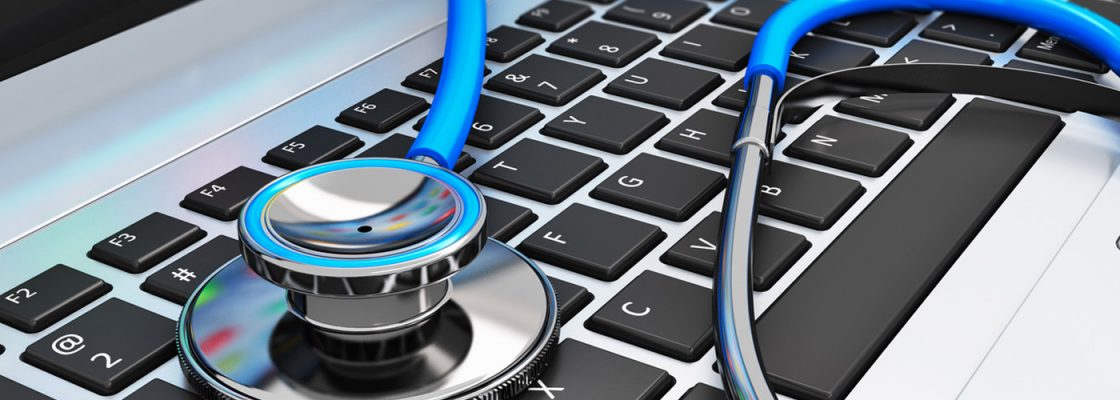This webinar focused on building resiliency and a culture of support among team care members during this challenging time.
Addiction Treatment Starts Here Clinical Director Dr. Brian Hurley, and coach Katie Bell discussed the key components of providing care via telehealth and telephone while giving each other much-needed support and compassion.
Team members from Axis Community Health of Contra Costa County, Calif.; Hill Country Health and Wellness Center of Redding and Round Mountain, Calif.; and KCS Health Center of Buena Park, Calif., also described their approach to virtual care and its challenges.
WHO SHOULD WATCH THIS VIDEO?
Those who provide MAT services to patients during the COVID-19 pandemic.
OUR TAKEAWAYS:
1. Regulatory changes as a result of the public health emergency have made it easier to provide remote care. Providers can now offer care via phone or an audio-visual platform, which can be used for both initial and follow-up services. In addition, enforcement of HIPAA rules has been relaxed so that clinics can use technologies such as Facetime that are not fully compliant with HIPAA requirements. Providers can learn more by visiting the Drug Enforcement Administration’s page on telehealth and the public health emergency, as well as the DEA’s decision tree on how to prescribe controlled substances during the COVID-19 emergency.
2. When providing remote care, it’s important to factor in a patient’s ability and familiarity with your technology platform. Patients may need training in how to use platforms, such as Zoom, that we may take for granted. Clinics should also explore alternatives for patients who don’t have access a telephone. Obtaining an alternate or emergency phone number from your patients in order to reach them in the case of technology/communication failure is another best practice.
3. Practice self-care. There are several mindfulness practices that health professionals can utilize to combat burnout and compassion fatigue. One example of a simple exercise can be used anywhere is the 4-7-8 breathing technique developed by integrative medicine expert Dr. Andrew Weil, who describes it as “a natural tranquilizer for the nervous system.” Based on an ancient yoga technique called pranayama, this breathing practice is used to help balance the autonomic nervous system and bring the body to a relaxed state. This is how Dr. Weil describes the practice:
- Exhale completely through your mouth, making a whoosh sound.
- Close your mouth and inhale quietly through your nose to a mental count of four.
- Hold your breath for a count of seven.
- Exhale completely through your mouth, making a whoosh sound to a count of eight.
- This is one breath. Now inhale again and repeat the cycle three more times for a total of four breaths.
The beauty of the technique, according to Weil, is that it is simple, easy to learn, and – unlike tranquilizing drugs, which lose their power over time – becomes more effective with use.
For more MAT-related COVID-19 resources, click here or scroll down.
Continue this discussion online on CCI Academy.
If you’re not already a member, create a free account!





